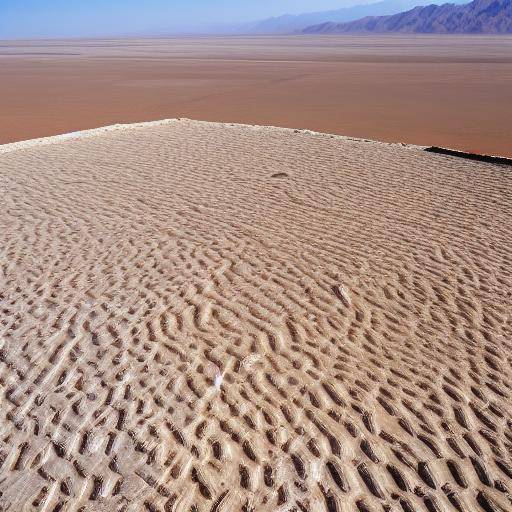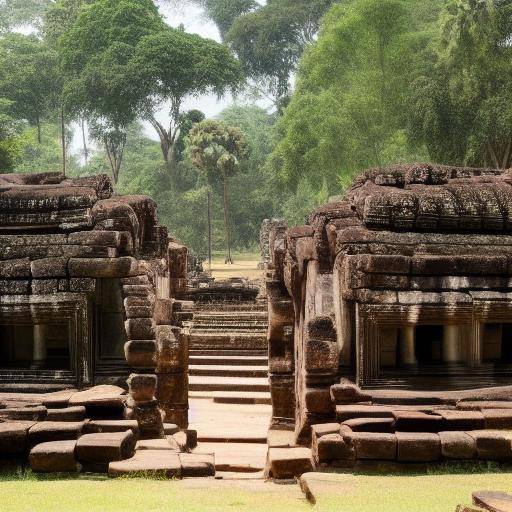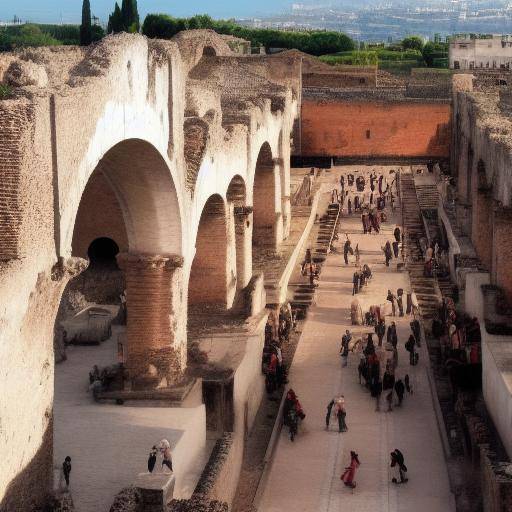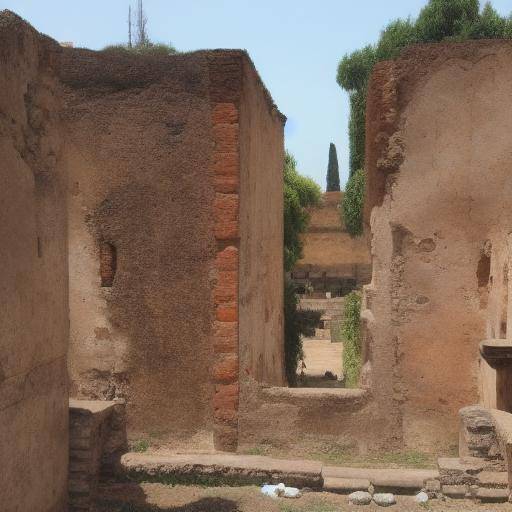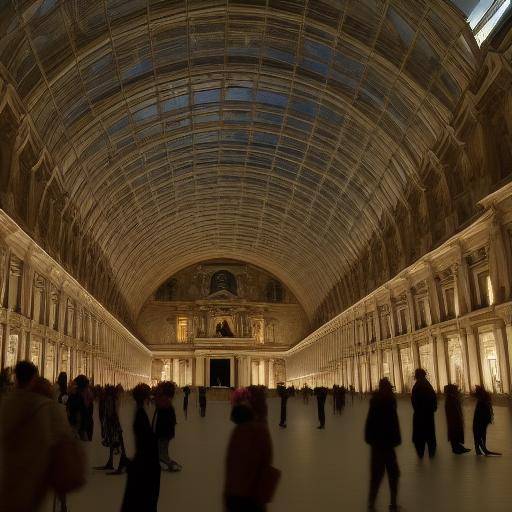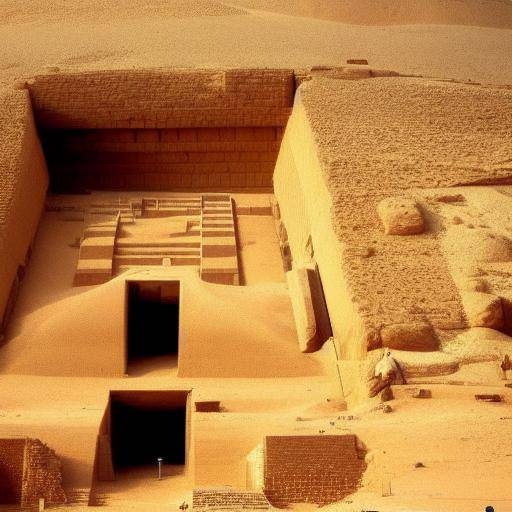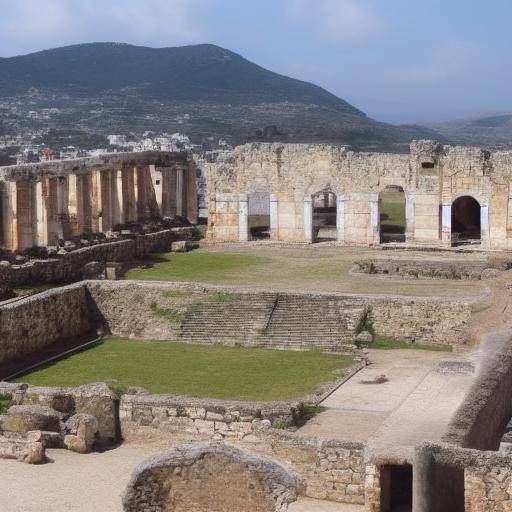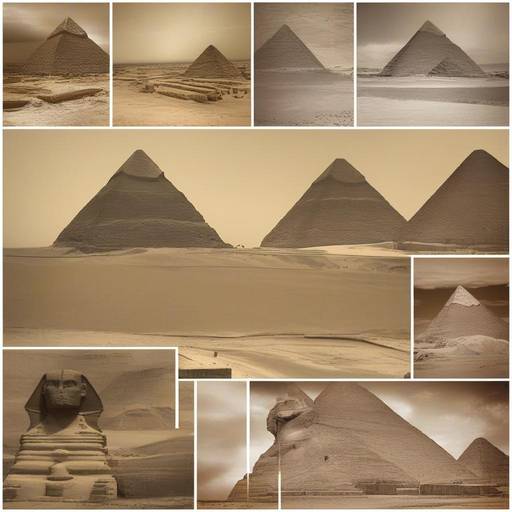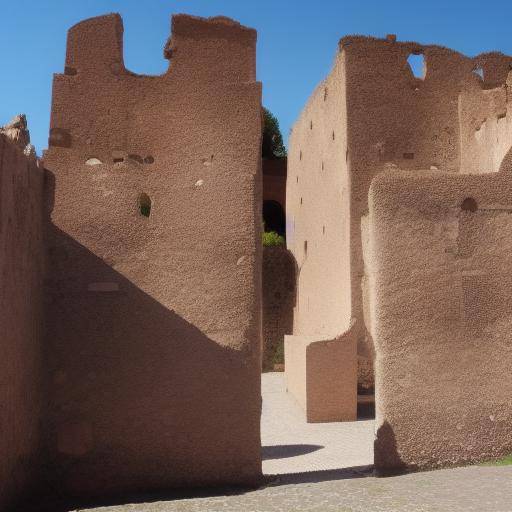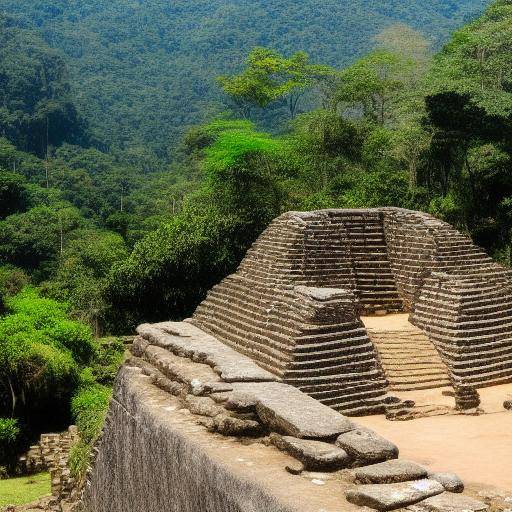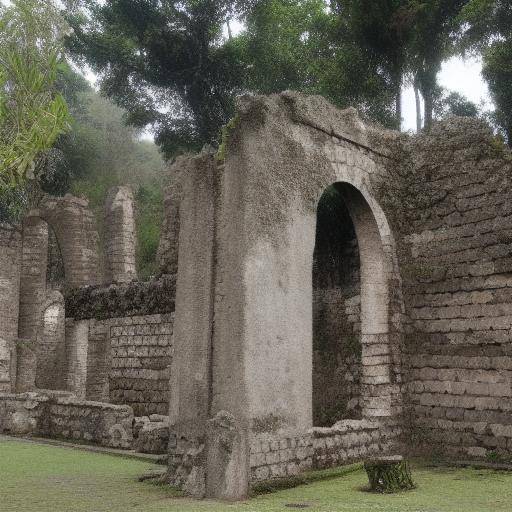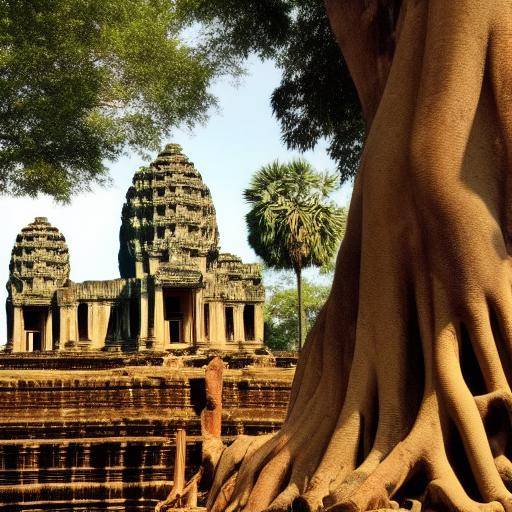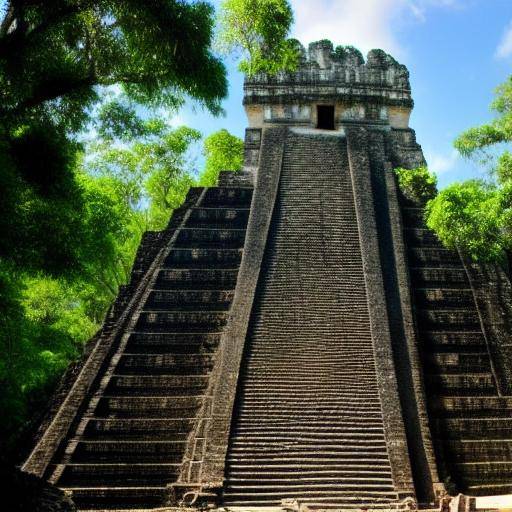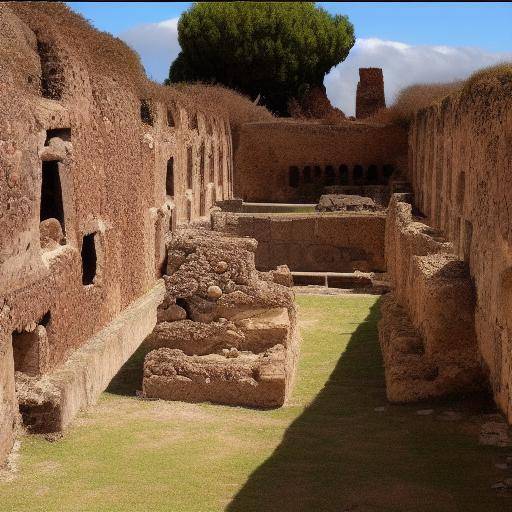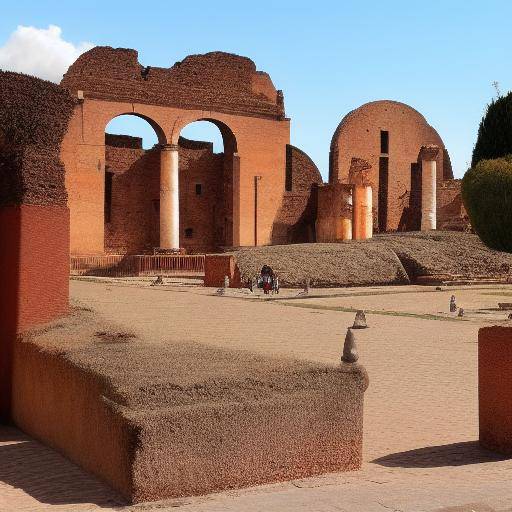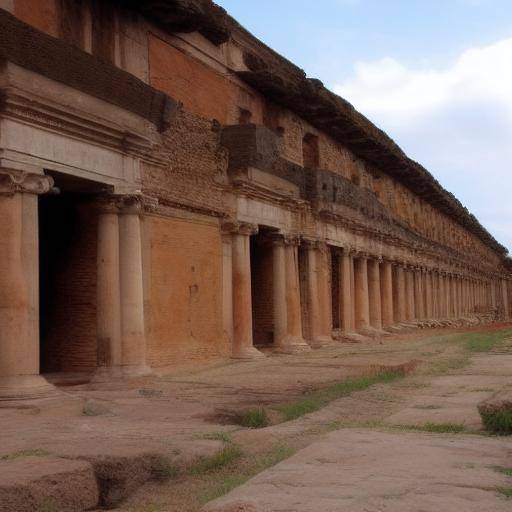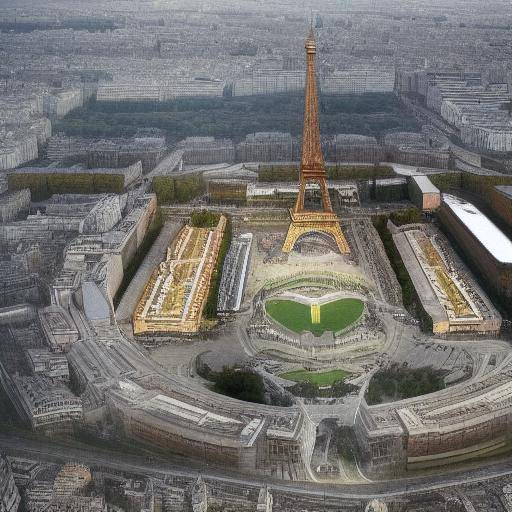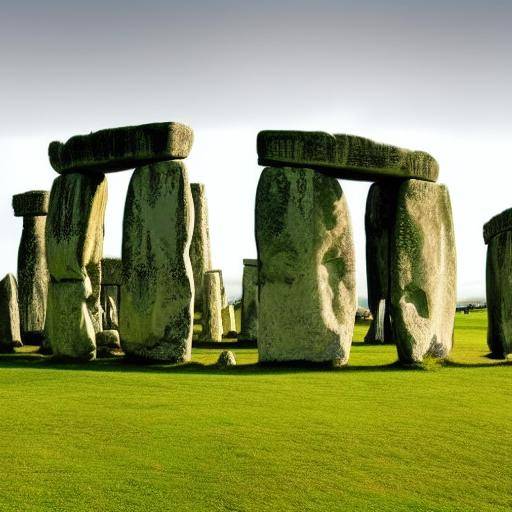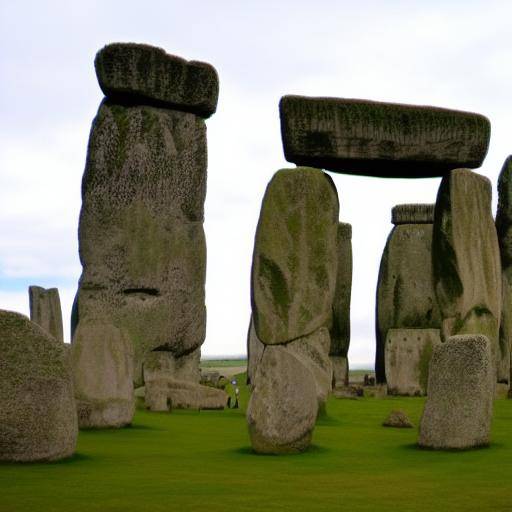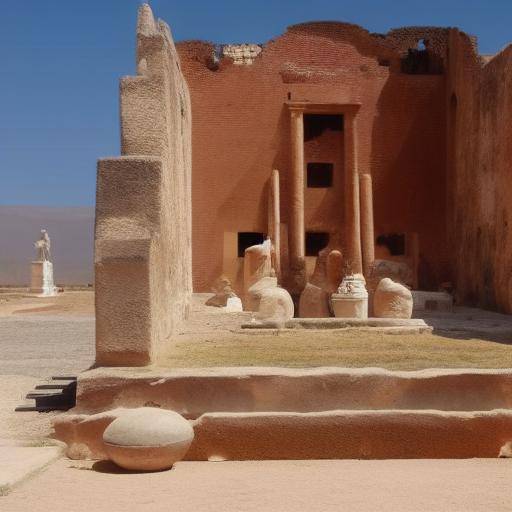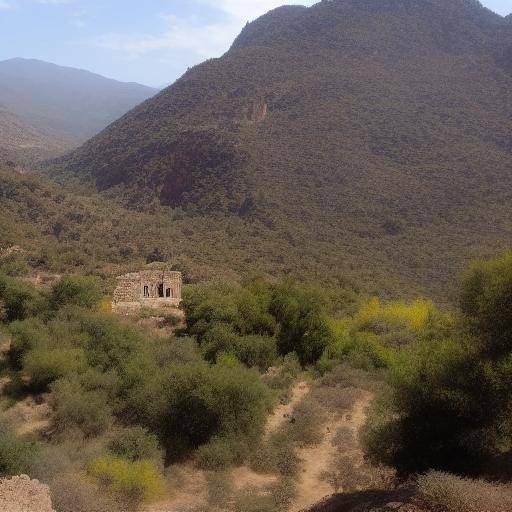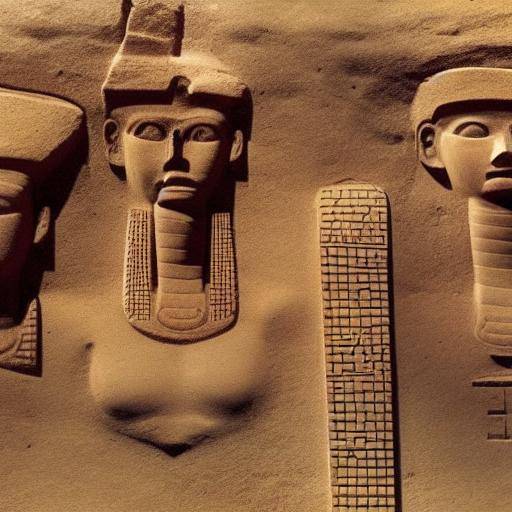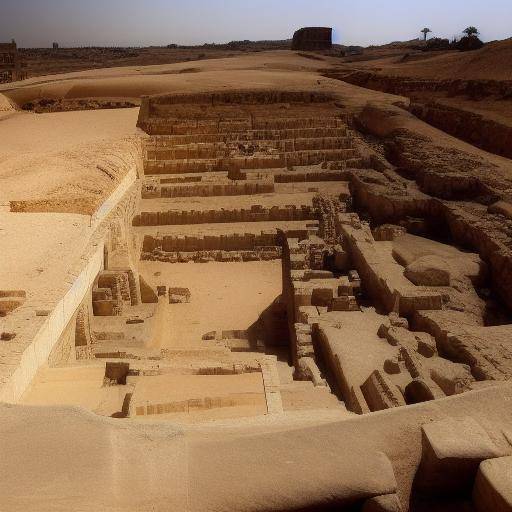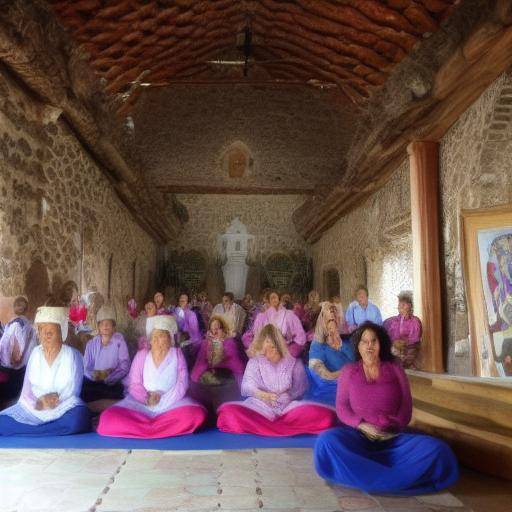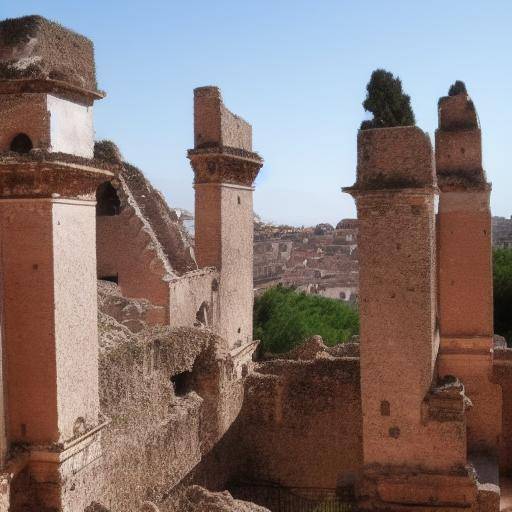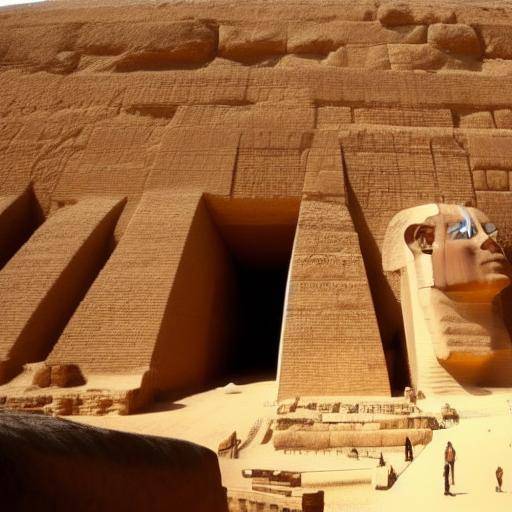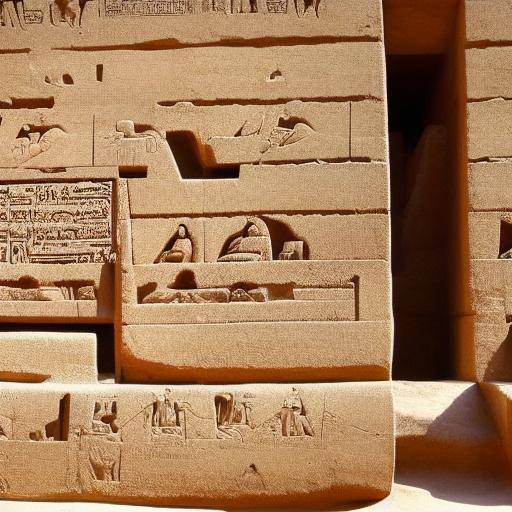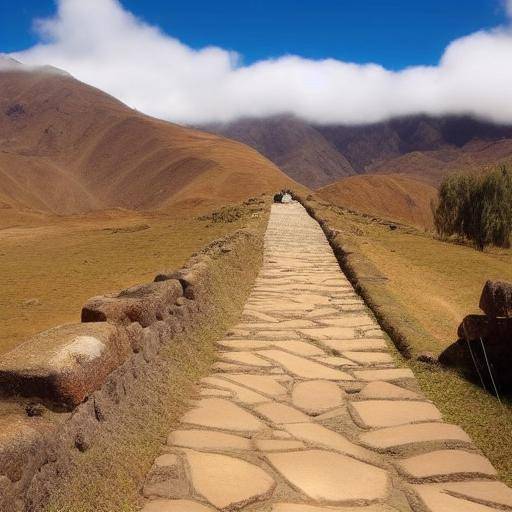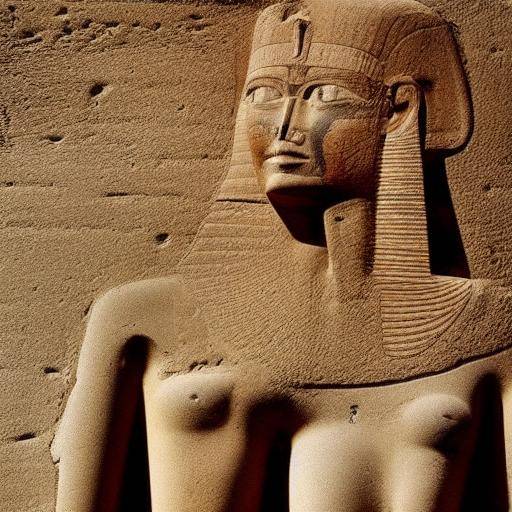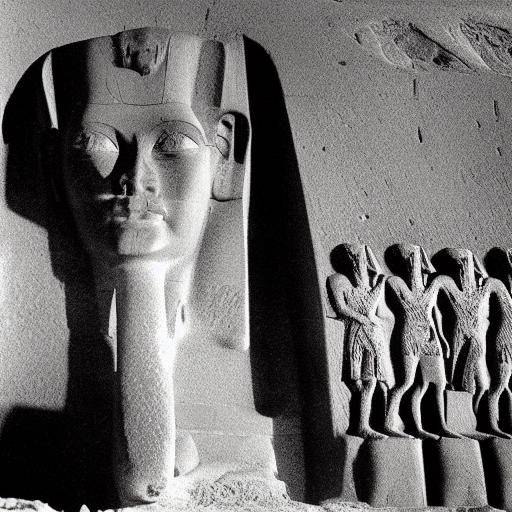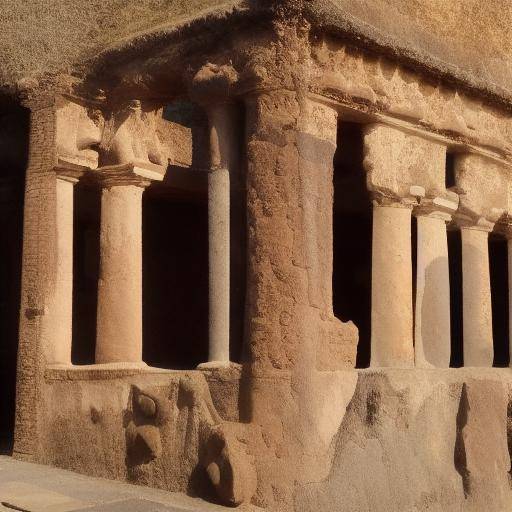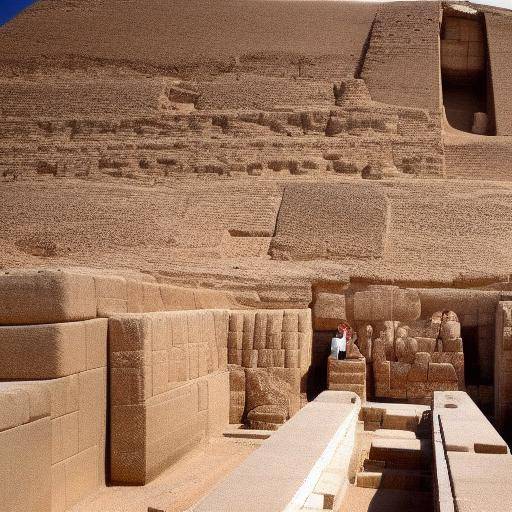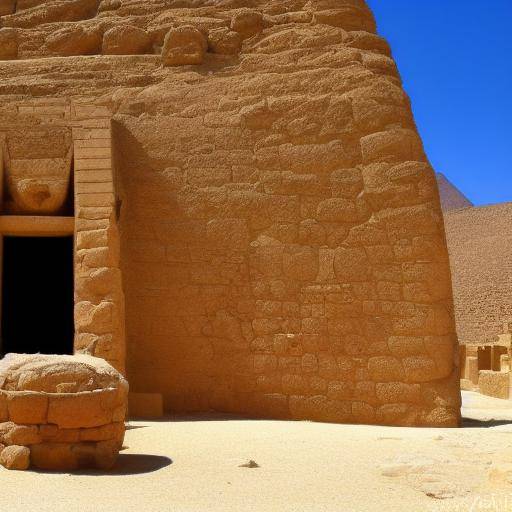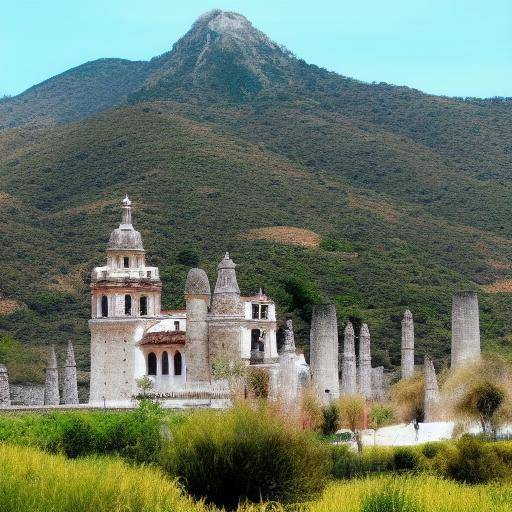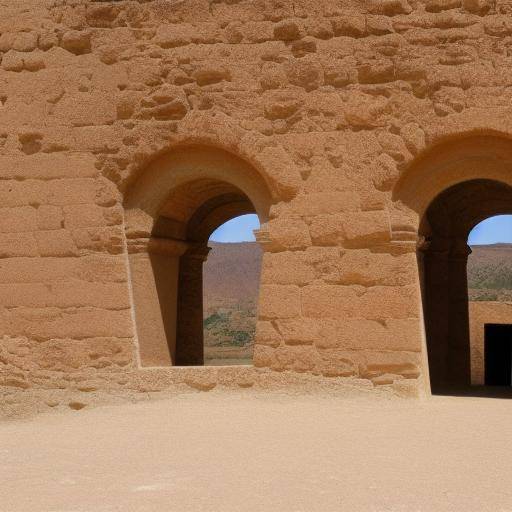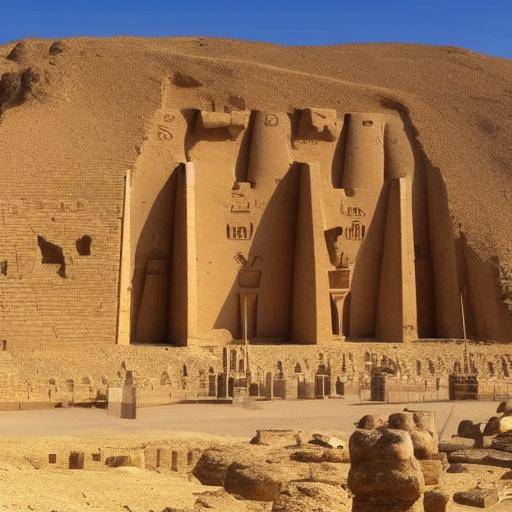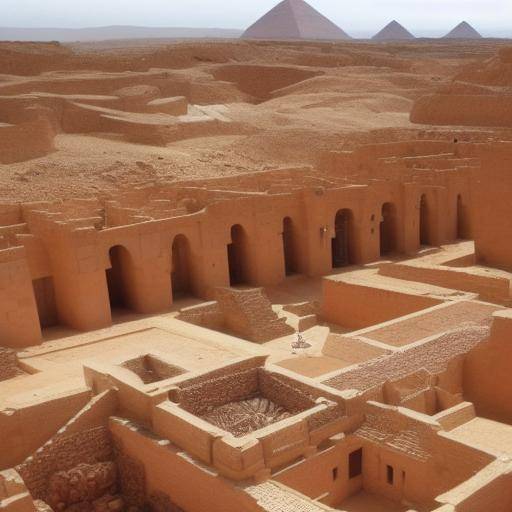
The Valley of the Kings is one of the most emblematic places in Egypt, full of history, mystery and beauty. This majestic valley houses tombs of Pharaohs who once ruled with magnificence ancient Egypt, revealing secrets that awaken the admiration of archaeologists and visitors from all over the world. In this guide, we will thoroughly explore the Valley of the Kings, the magnificence of Egypt and the fascinating archaeology that unravels its past. From its millenary history to the latest trends and future predictions, we will discover everything you need to know about this amazing place.
Introduction
A Journey Through Time in the Valley of the Kings
The Valley of the Kings is a treasure of humanity that transports its visitors to the time of the Pharaohs, with its impressive tombs carved in the rock, its enigmatic hieroglyphics and its aura of mystery. This guide will be your companion to enter this valley and discover its secrets as you learn about the historical wealth of Egypt and the exciting world of archaeology.
History and Background
The Origins of the Valley of the Kings
The Valley of the Kings, known in Arabic as "Wādī al Mulūk", is a valley located on the west bank of the Nile River, near the ancient city of Thebes (today Luxor). This region has been a place of great importance since the New Kingdom of Egypt period, approximately between the sixteenth and the eleventh century BC.
The first royal tombs of ancient Egypt were located in the Noble Valley, but Pharaoh Tutmosis I was the pioneer in choosing this place as a real necropolis. This change marked the beginning of one of the most important stages in the ancient history of Egypt.
The history of this valley is intertwined with the greatness and decline of ancient Egypt, and every grave lying in its bowels tells a different story about power, religion and life after death in Egyptian civilization.
The Tombs and Their Secrets
The tombs of the Valley of the Kings are authentic architectural wonders carved in the limestone rock of the mountain tebana. Each of these underground structures is filled with treasures and precious ornaments that accompanied the Pharaohs on their journey to the beyond. This place hides some of the most valuable and mysterious treasures of ancient Egypt, revealing the technological and artistic advances of that time.
Among the most famous tombs is that of Pharaoh Tutankamón, discovered by archaeologist Howard Carter in 1922 and considered one of the most relevant archaeological findings in history. The wealth of its treasures and the complex iconography of its walls have provided valuable information about the life and beliefs of the ancient Egyptians.
Analysis in Deep
The Value of Archaeology in Egypt
Archaeology in Egypt is a fundamental discipline to understand the history of the human being, as this country has witnessed some of the most advanced and lasting civilizations in history. The work of archaeologists in the Valley of the Kings and other Egyptian sites is crucial to deciphering the riddles of the past, rebuilding the life of ancient civilizations and preserving the cultural heritage of mankind.
Archaeology not only unearths ancient monuments, but also contributes to the understanding of funeral practices, social structures, artistic and technological evolution, as well as the reconstruction of the mentality and thought of past civilizations.
Current Challenges and Trends
Despite the importance of archaeology in Egypt, archaeologists face challenges such as the preservation of deposits against tourism and climate change, funding for excavations and the fight against illegal antiquity trafficking. However, advances in technology, such as the application of drones, laser scanners and genetic analysis, are revolutionizing the way the Egyptian archaeological heritage is researched and preserved, opening new perspectives and possibilities for the future.
Exhaustive examination
Practical Applications in Archaeology
Archaeology in Egypt goes beyond mere historical exploration, it also has important implications in the tourist, educational and scientific field. Archaeological discoveries not only attract millions of tourists every year, but also promote the local and national economy, fostering the preservation of culture and generating employment in the sector.
In addition, Egyptian archaeology has been fundamental in advancing disciplines such as egyptology, anthropology and art history, providing key data to understand the evolution of humanity and its cultural legacy.
Best Practices and Future Perspectives
The future of archaeology in Egypt promises significant advances in the techniques of excavation, conservation and diffusion of archaeological knowledge. International partnerships, training of new archaeologists and raising awareness of the importance of the preservation of archaeological heritage are essential to ensuring a sustainable future for archaeology in Egypt.
Comparative analysis
Valley of the Kings vs. Other Archaeological Sites in Egypt
The Valley of the Kings is not only in its archaeological importance, since Egypt has a rich historical heritage divided into numerous sites and monuments throughout the country. Compared to other sites such as the Pyramids of Giza, the Temple of Karnak or the Egyptian Museum, the Valley of the Kings stands out for its uniqueness and focus in the royal tombs, providing a unique perspective on life and death in ancient Egypt.
Each of these places has its own importance and attractiveness, offering visitors the opportunity to immerse themselves in different aspects of the ancient Egyptian civilization, from the greatness of their constructions to the mysteries of their religion and worldview.
Practical Tips and Accessible Recommendations
Get ready to explore the Valley of the Kings
If you plan to visit the Valley of the Kings, it is advisable to hire the services of a qualified tour guide that can offer you detailed information about the real tombs and the history of the place. In addition, it is important to take into account the high temperatures of the desert, so it is recommended to wear sun protection, water and comfortable clothing.
In exploring the graves, it is essential to follow the signs of conservation and not to touch or photograph the paintings and engravings to preserve this heritage for future generations.
Industry Perspectives and Expert Reviews
The Vision of Experts in Egyptian Archaeology
According to renowned archaeologist Dr. Zahi Hawass, "The Valley of the Kings is a testimony of the greatness and eternity of Egyptian civilization. Each tomb reveals a unique story that awakens the admiration and astonishment of everyone who ventures in this sacred place."
Case Studies and Real Life Applications
Discovering Treasures and Knowledge in the Valley of the Kings
The discovery of Tutankhamon's tomb by Howard Carter in 1922 is a milestone that has transcended archaeology to become a symbol of the incredible treasures that lie in the Valley of the Kings. The findings in this tomb, including the famous gold sarcophagus of the young Pharaoh, have provided a unique window to life and death in ancient Egypt, enriching not only historical understanding, but also world imagination.
Future Trends and Predictions
The Future of Archaeology in Egypt
The advance of technology, increased interest in archaeology and international collaboration augur a promising future for discipline in Egypt. New excavations, studies and discoveries are expected to shed light on unknown aspects of Egyptian history, revealing secrets and broadening our understanding of the past.
Conclusion
The Valley of the Kings in Egypt is much more than a set of ancient tombs; it is a tangible and exciting legacy that attests to the greatness of a unique civilization in history. Dipping into the majesty of Egypt and its archaeology is an unforgettable journey that awakens imagination and wonder. From the grandeur of the royal tombs to the present challenges and promising future trends, this guide has offered a deep and exciting look at the Valley of the Kings and its historical and archaeological relevance.
Frequently asked questions
What is the importance of the Valley of the Kings in the history of Egypt?
The Valley of the Kings is an exceptional testimony of greatness and belief in life after death in ancient Egyptian civilization. The royal tombs reveal the sophisticated cosmology and religious beliefs of the Egyptians, as well as the cultural and artistic wealth of the time.
What are the conservation measures implemented in the Valley of the Kings?
To protect the valuable heritage of the Valley of the Kings, strict conservation measures have been established, including the limitation of visitors to the graves, the control of humidity and temperature, as well as the implementation of surveillance systems to prevent vandalism and theft.
What is the best time to visit the Valley of the Kings?
The best time to visit the Valley of the Kings is during the winter season, from November to February, when the temperatures are softer and pleasant to explore the tombs and enjoy the landscape. Avoid the summer season, as high temperatures can make the visit difficult.
Can you visit all the graves in the Valley of the Kings?
Not all the tombs of the Valley of the Kings are open to the public, as some are in the process of restoration or are accessible only on certain dates. It is advisable to report on the tombs available to visit when planning the trip.
What is the impact of climate change on the conservation of the Valley of the Kings?
Climate change represents a challenge for the conservation of the Valley of the Kings, as it can cause damage to the rocky structures, the degradation of inscriptions and paintings, as well as the elevation of the water level. Measures are being implemented to mitigate this impact.
How can I contribute to the preservation of the Valley of the Kings?
Visitors can contribute to the preservation of the Valley of the Kings following the indications of the tourist guides, avoiding touching the structures and the paintings, as well as respecting the conservation regulations established in the place.
This guide offers an enriching look at the Valley of the Kings, Egypt and its archaeology, providing a complete and fascinating view of this amazing place and its historical importance.


